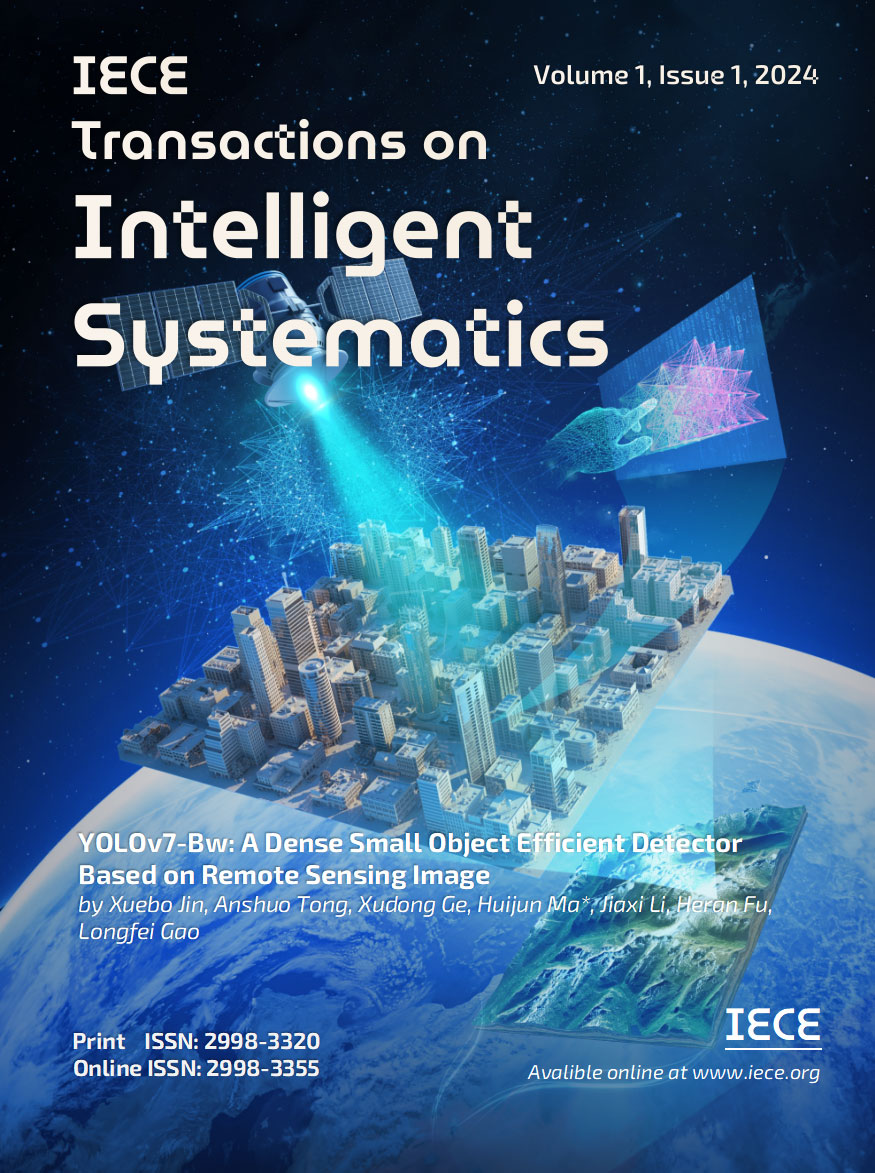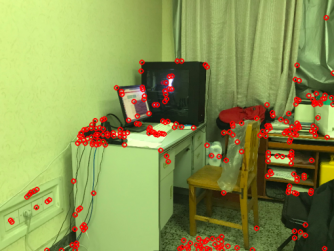Abstract
Frontend feature tracking based on vision is the process in which a robot captures images of its surrounding environment using a camera while in motion. Each frame of the image is then analyzed to extract feature points, which are subsequently matched between pairwise frames to estimate the robot’s pose changes by solving for the variations in these points. While feature matching methods that rely on descriptor-based approaches perform well in cases of significant lighting and texture variations, the addition of descriptors increases computational costs and introduces instability. Therefore, in this paper, a novel approach is proposed that combines sparse optical flow tracking with Shi-Tomasi corner detection, replacing the use of descriptors. This new method offers improved stability in situations of challenging lighting and texture variations while maintaining lower computational costs. Experimental results, validated using the OpenCV library on the Ubuntu operating system, provide evidence of the algorithm’s effectiveness and efficiency.
Funding
This work was supported in part by the National Natural Science Foundation of China No. 62173007, 62006008, 62203020, Project of Humanities and Social Sciences No. 22YJCZH006(Ministry of Education in China, MOC).
Cite This Article
APA Style
Li, J., Wang, B., Ma, H., Gao, L., & Fu, H. (2024). Visual Feature Extraction and Tracking Method Based on Corner Flow Detection. IECE Transactions on Intelligent Systematics, 1(1), 3–9. https://doi.org/10.62762/TIS.2024.136895
Publisher's Note
IECE stays neutral with regard to jurisdictional claims in published maps and institutional affiliations.
Rights and permissions
Institute of Emerging and Computer Engineers (IECE) or its licensor (e.g. a society or other partner) holds exclusive rights to this article under a publishing agreement with the author(s) or other rightsholder(s); author self-archiving of the accepted manuscript version of this article is solely governed by the terms of such publishing agreement and applicable law.


 Submit Manuscript
Edit a Special Issue
Submit Manuscript
Edit a Special Issue

